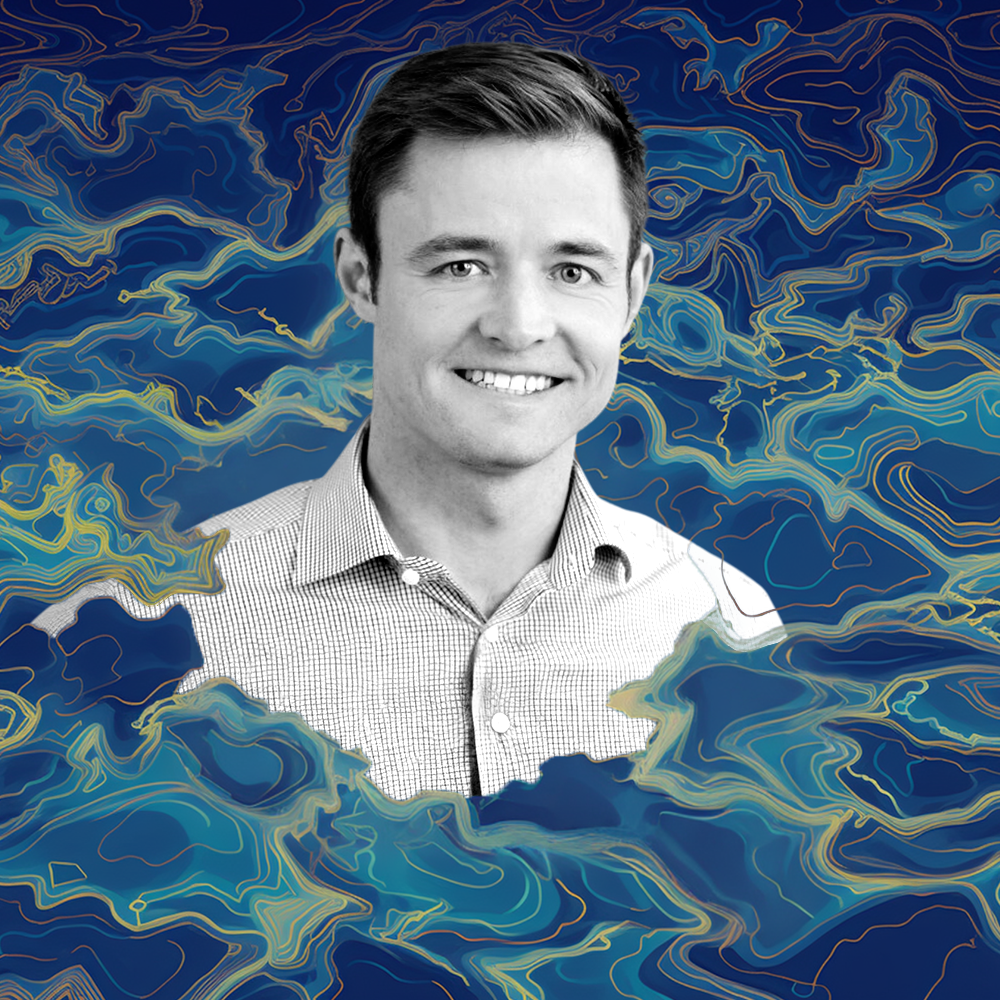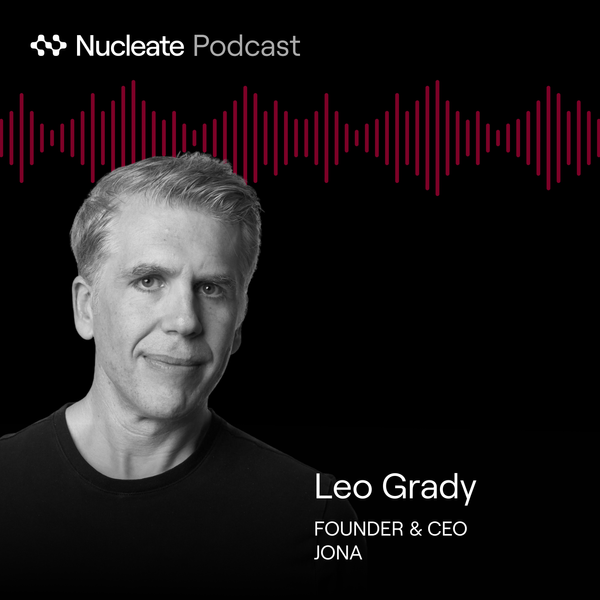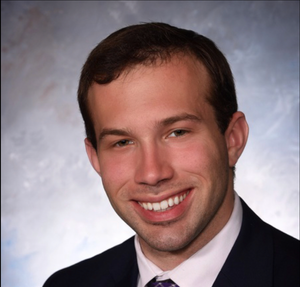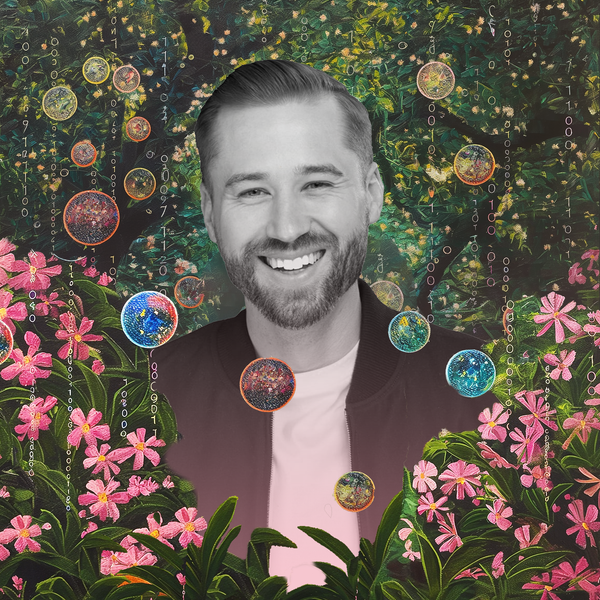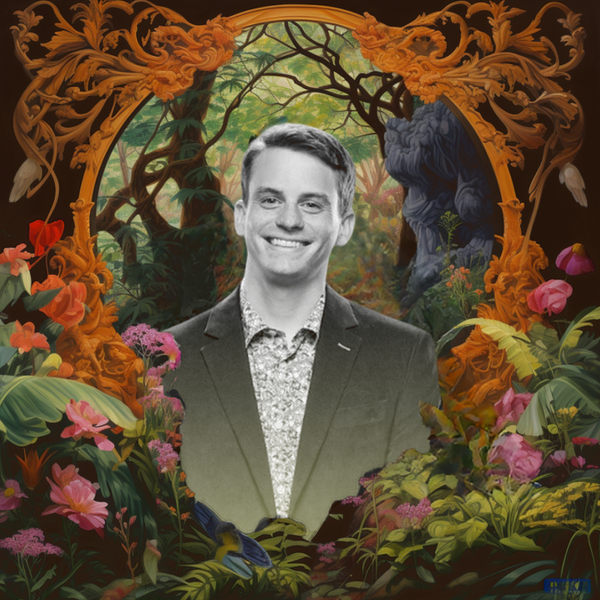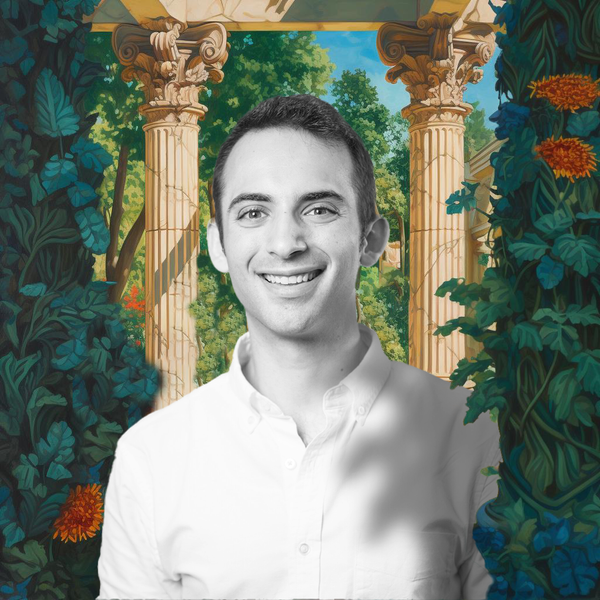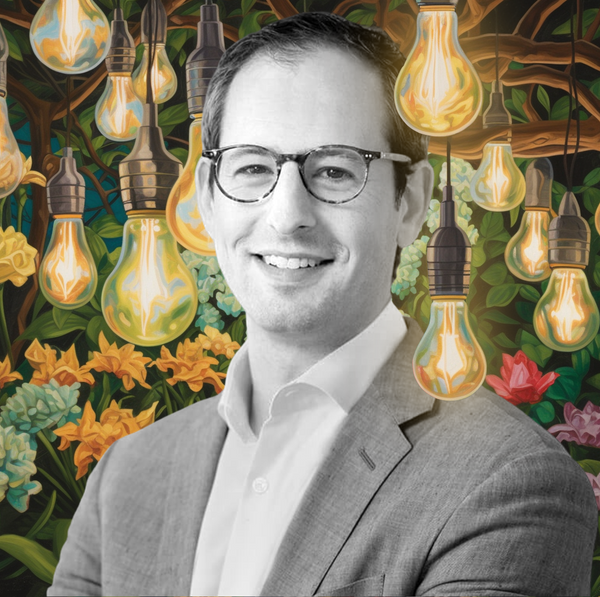Nature is the master multitasker. Billions of molecules thrown together in the ancient “primordial soup” led to the assembly of complex biomolecules, and eventually the first primitive forms of life. Over eons, innumerable organisms were evaluated in parallel, with the “fittest” selected to pass on their genetic material.
Classic drug discovery — testing one agent, in one dish or one animal, at one time — stands in stark contrast to the massively parallel nature of evolution. Looking to model nature’s approach, scientists have long sought to develop highly multiplexed methods to increase the efficiency of finding new therapeutic agents. Many of these high-throughput efforts to screen small molecules or biologic agents have occurred in the lab dish — a flat world, which is a highly abstracted version of biology.
“How do you go beyond the limitations of in vitro systems and get early feedback selection from challenging a drug design with the full complexity of a living organism?” asks Dr. Gleb Kuznetsov, CEO of Manifold Bio. Technology that could evaluate many complex drugs, in parallel and in vivo, would more closely resemble “real biology” and may overcome the pitfalls en route to successful clinical translation.
Co-founded in 2018 by Gleb Kuznetsov (CEO), Pierce Ogden (CSO), Shane Lofgren (Head of BD) and George Church, Manifold Bio uses technology developed in Church’s lab to eliminate a key bottleneck in biologic drug development. Their M-Design platform allows for pooled in vivo testing of protein therapeutics. Each protein drug is tagged with a protein barcode called an M-Code that allows simultaneous tracking and quantitation of proteins in different tissue types. Manifold’s team is now in the early stages of building a pipeline of bespoke protein therapeutics with increased selectivity for target tissues or tumors.
In July 2022, Manifold announced a $40 million Series A financing led by Triatomic Capital and joined by Section 32, FPV Ventures, Horizons Ventures, and Tencent. Existing investors Playground Global, Fifty Years, and FAST by GETTYLAB also participated. The round has enabled Manifold Bio to move into a significantly expanded laboratory where it will grow the team, accelerate its efforts advancing internal drug programs, and advance its protein engineering platform to support expanded indications and partnerships. Earlier this year we were able to sit and talk with the CEO of Manifold Bio, Dr. Gleb Kuznetsov (CEO), and discuss the transition from academia to biotech entrepreneurship and advice he had for others looking to expand into the biotech entrepreneurial landscape.
Briefly describe your background, and the moment you decided to jump from academia into entrepreneurship. What paths did you consider and what was the deciding factor to make the transition? How was the transition from the academic lab to starting your own company?
During my master's degree in computer science at MIT I decided to take Manolis Kellis’ bioinformatics class. Looking at DNA sequences and seeing nature through a computational lens was an inspiring moment. Although I had a job already lined up at Google as a software engineer, I realized I was super interested in biology, and that I wanted to do science “for real.” So, I left Google to join George Church’s group as a software engineer and research tech. It became clear that this novel tech had direct connections to therapeutic areas: in reading/writing DNA, and engineering proteins and genomes. So, the connection to what we do now [at Manifold] – engineering protein therapeutics [antibody-like drugs] — was a pretty natural transition. A combination of factors made industry appealing to me: the focus on building a product addressing real world needs, as well as more flexibility when building a fundamentally interdisciplinary team. Those factors pointed me towards biotech and entrepreneurship, as opposed to academia.
How was the transition from the academic lab to starting your own company?
George Church’s Lab plus the Wyss Institute truly catalyzed the transition. My co-founder, Pierce Ogden (CSO of Manifold), and I basically worked together since the beginning of grad school. We established good practices and by the time we were ready to leave, we had established a framework for doing science, building a team, and testing business hypotheses. Having the time to lay the foundations and build a strong relationship was key.
Were there any mentors who helped you think about starting a company, or inspired you?
I think a big factor is just seeing your peers successfully start companies, raise money and everything - it was a huge confidence boost. You realize it’s possible and that there's no magic to it. It also helps being able to lean on those peers. So, who went before us? Dan Mandell [CEO of GRO Bio], Eric Kelsic [CEO of Dyno Therapeutics], Alexis Rovner [CEO of 64x], to name only a few. And then, Marc Lajoie [CEO of Outpace Bio] in parallel, but on a slightly different path early on. I knew all these people that had done it, which was pretty motivating—and I could ask them how they did it.
Nucleate is making waves in the founder-led biotech community. What was your experience in the program, and how did it help Manifold?
As we were wrapping up our PhDs [in 2018], Pierce and I felt there was a lot of potential to apply the kind of technology we were developing to the therapeutics space. At that point Nucleate was in its first year as a student organization. Soufiane Aboulhouda and Marissa Pettit were putting it together. Nucleate got us away from the bench and into thinking about the key steps of what would be our product focus. Going through the steps with Nucleate and then continuing to talk to folks became the catalyst for thinking more about business, as opposed to just technology development.
What was the original vision for Manifold? What is the company’s origin story and how has the vision changed or stayed the same since the company’s inception?
Our vision for in vivo based biologics discovery has existed for quite a long time, even before we figured out exactly how to do it. We were working on antibody discovery technology toward the end of our grad school and right after as postdocs. We went out to talk to a lot of people in pharma and the feedback we got was: “there are a lot of ways for us to source antibodies, but ultimately there are really hard questions that come along the way before we make them into drugs.” In vivo discovery for protein therapeutics would be incredibly enabling. But the question is how do you do it? The technology didn’t exist yet. Pierce first proposed the idea where we didn’t have to solve the general problem of next-generation protein sequencing, but instead engineer a set of trackable barcodes that we could re-use across drug designs. From the beginning our vision was: how do you unlock in vivo screening for proteins more broadly and other delivery mechanisms. How do you tell where the protein or the drug is going in the complex environment of a living organism?
What are some broad areas of clinical medicine and science that could benefit from more precisely targeted biologics?
There are so many drugs, you can basically frame as effectively having a targeting component and effector component. Whether it's a T cell engager, NK engager, or an antibody drug conjugate. Those effectors can do a lot of damage to the cells that they end up next to. Oncology is naturally a space where you've got cells expressing targets that also happen to be expressed in healthy tissue. How do you end up with a drug that only goes to the cancerous version of those targets. The re-framing of clinical problems as targeting or delivery problems makes it clear that an ability to measure and engineer biodistribution in high-throughput can be incredibly enabling. If you have a custom technology basically made from day one to address that issue, you have this unprecedented advantage to ultimately make a useful drug product.
Briefly discuss Manifold’s team and culture. How did you build that culture, and how do you think about scaling it?
Good culture starts with really aligning with your co-founders: what you care about and what's important. It’s not that everyone must go after things alone, it's more like avoiding things falling through the gaps. In our work, we make sure it's very clear who owns what, but then share in both the success as well as failures. In our hiring process, one very effective thing we’ve done from the beginning is a case study where we work through a problem together. This gets both the candidate and us to understand what working together is like. The first few people you hire can really define the trajectory of the company and I’ve seen it first-hand. Our first two hires—Kate Nudel and Hoong Chuin Lim—set the scientific and team culture from the beginning and have grown as leaders within the company. A common pattern we see for the reason people transition from academia to industry, is because they're looking for more of a team-based approach than academia often offers. In academia, there is inertia to building a big enough team that is all in on a single problem. In a company, it's a different game. You're working together to accomplish a big, complex problem.
What has the transition been like from academia to biotech? What have some of the challenges been making this leap?
I often say that the hardest thing about getting into biotech is navigating the idea maze of the actual product, drug, or therapeutic indication that you're going after. Because that's something that's generally quite unfamiliar even for scientists. For us, we were very comfortable with technology development. But how do you choose a drug, think about the biology, markets, patients, or the nuances of drug development and clinical trials? That was very unfamiliar. Our co-founder, Shane Lofgren, who's Head of Business Development spent a lot of time with the Technology Office at Stanford, and then spun a company out of MD Anderson, working with Atlas Ventures. When we were thinking about kicking off a seed fundraiser for Manifold, we sent him the early version of our Nucleate deck. “This technology sounds cool, but there’s a lot of nuances missing in the applications you’re proposing going after”, he said. After asking for feedback, he responded with a lot of ideas and that was the beginning. The three of us work well together while having distinct areas of ownership. You need someone that can own the scientific roadmap, someone to own the business development strategy, someone to communicate the vision and plan to investors.
In today’s climate what is one short piece of advice you would give to prospective biotech entrepreneurs?
The focus is often on IP, and doing the game theory: “if we stay longer at Harvard, they own more IP, but the forward value of the company is higher.” So that's the first order question that lots of entrepreneurs are trying to optimize. In our experience, we were dabbling with talking to investors vs more de-risking experiments, and then COVID happened so the labs got shut down. At that point, we had nothing to do but talk to investors--we couldn't really go into lab and further de-risk the technology. As soon as we raised a bit of money, we realized we had so much more flexibility in hiring. Having more flexibility in how you build your team is very big. The question people should ask is: where can you move faster with respect to the technology or science? For some science, I would say you probably can move faster in the lab, perhaps because of expertise or specialty equipment. For us, we’re more of an engineering company, so it made a lot more sense to just get out and raise and build that momentum. And as a startup, you just have more control over crafting your environment. So that's the general advice that is climate independent: Create the environment where you can move most efficiently for your technology, product, or science.
What has most impressed you about any experienced or thoughtful investors with which you have interacted? What is one piece of advice you would give to new biotech investors?
I've always been impressed with investors who understand the importance of creating optionality, especially early on, for a startup. I think that's sort of a common theme amongst our investors. I‘ve also been attracted to investors who are keen on thinking from first principles together in a collaborative manner with the company. I met folks like this from both the “techbio” and classic “biotech” sides. A common theme of the best discussions was a stream of hard, incisive questions coupled with brainstorming about how to best realize the value of the therapeutics and platform that we are building. Thinking through the value capture and the collaborative exercise is what I really enjoy.
Signal partners with outstanding contributors to syndicate stories of biotech entrepreneurs and leaders. This article was adapted from an interview conducted by Dylan Neel and Henry Klingenstein for Biomarker and edited by Samantha Avina. The long form version can be found here.


